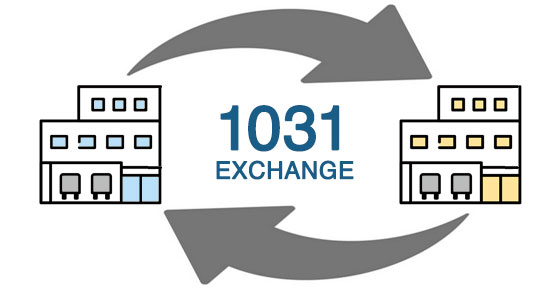If you’re an employer with a business where tipping is customary for providing food and beverages, you may qualify for a federal tax credit involving the Social Security and Medicare (FICA) taxes that you pay on your employees’ tip income.
Basics of the credit
The FICA credit applies with respect to tips that your employees receive from customers in connection with the provision of food or beverages, regardless of whether the food or beverages are for consumption on or off the premises. Although these tips are paid by customers, they’re treated for FICA tax purposes as if you paid them to your employees. Your employees are required to report their tips to you. You must withhold and remit the employee’s share of FICA taxes, and you must also pay the employer’s share of those taxes.
You claim the credit as part of the general business credit. It’s equal to the employer’s share of FICA taxes paid on tip income in excess of what’s needed to bring your employee’s wages up to $5.15 per hour. In other words, no credit is available to the extent the tip income just brings the employee up to the $5.15-per-hour level, calculated monthly. If you pay each employee at least $5.15 an hour (excluding tips), you don’t have to be concerned with this calculation.
Note: A 2007 tax law froze the per-hour amount at $5.15, which was the amount of the federal minimum wage at that time. The minimum wage is now $7.25 per hour but the amount for credit computation purposes remains $5.15.
An example to illustrate
Example: Let’s say a waiter works at your restaurant. He’s paid $2 an hour plus tips. During the month, he works 160 hours for $320 and receives $2,000 in cash tips which he reports to you.
The waiter’s $2-an-hour rate is below the $5.15 rate by $3.15 an hour. Thus, for the 160 hours worked, he is below the $5.15 rate by $504 (160 times $3.15). For the waiter, therefore, the first $504 of tip income just brings him up to the minimum rate. The rest of the tip income is $1,496 ($2,000 minus $504). The waiter’s employer pays FICA taxes at the rate of 7.65% for him. Therefore, the employer’s credit is $114.44 for the month: $1,496 times 7.65%.
While the employer’s share of FICA taxes is generally deductible, the FICA taxes paid with respect to tip income used to determine the credit can’t be deducted, because that would amount to a double benefit. However, you can elect not to take the credit, in which case you can claim the deduction.
Claim your credit
If your business pays FICA taxes on tip income paid to your employees, the tip tax credit may be valuable to you. Other rules may apply. If you have any questions, don’t hesitate to contact us.
© 2022




